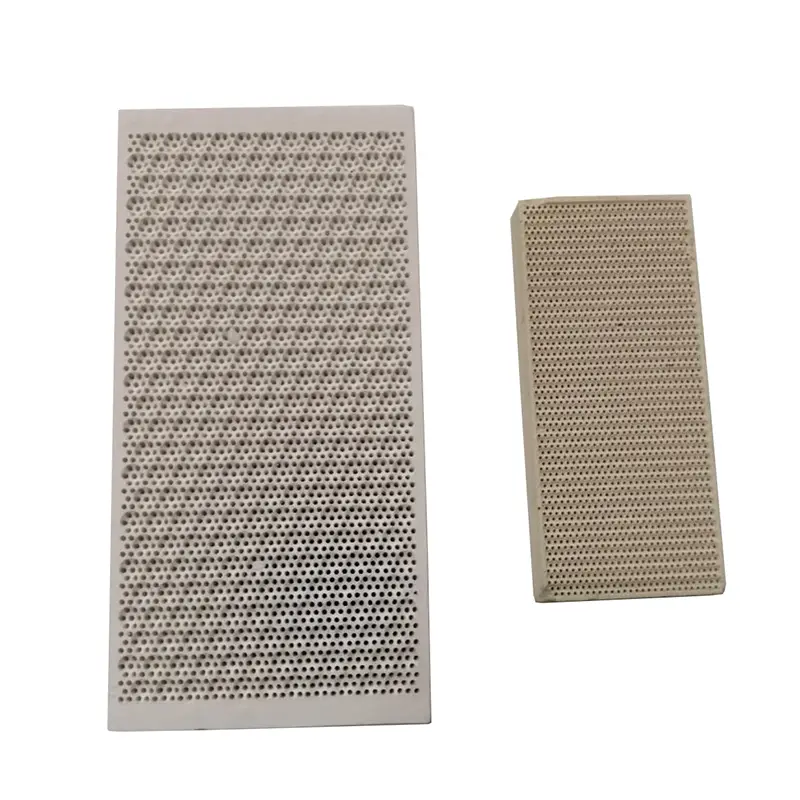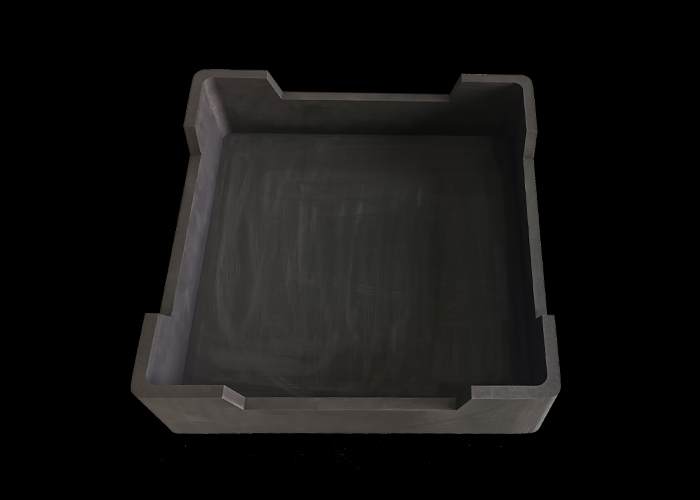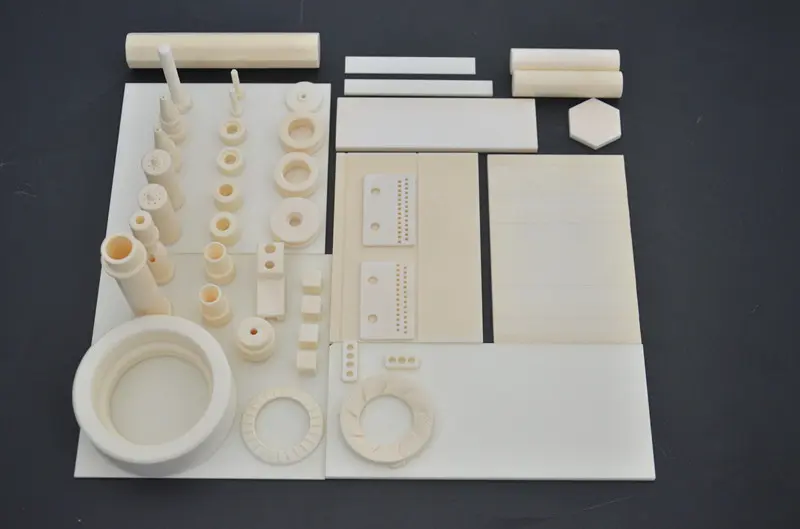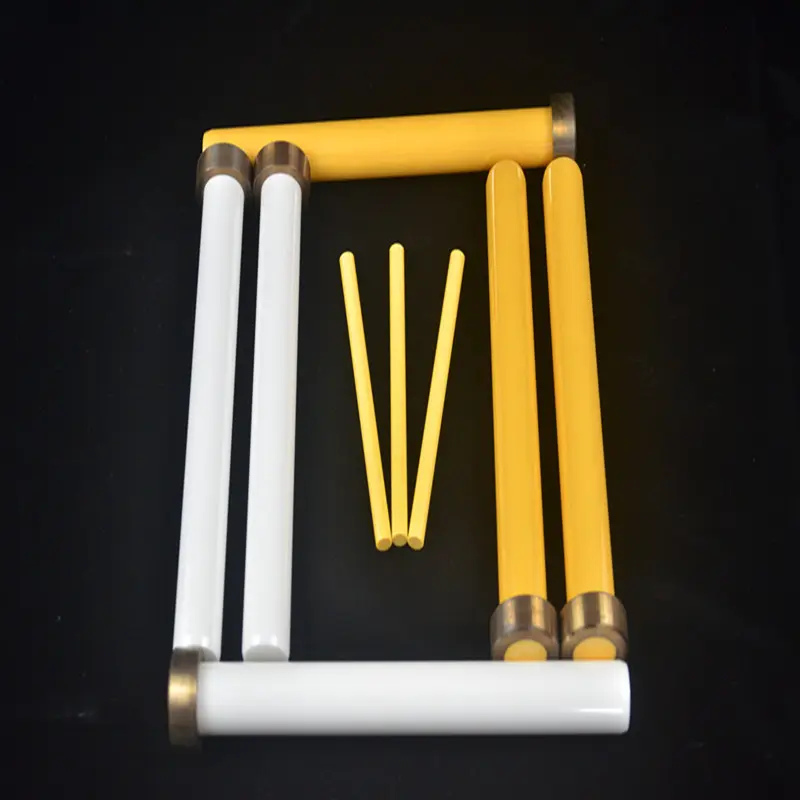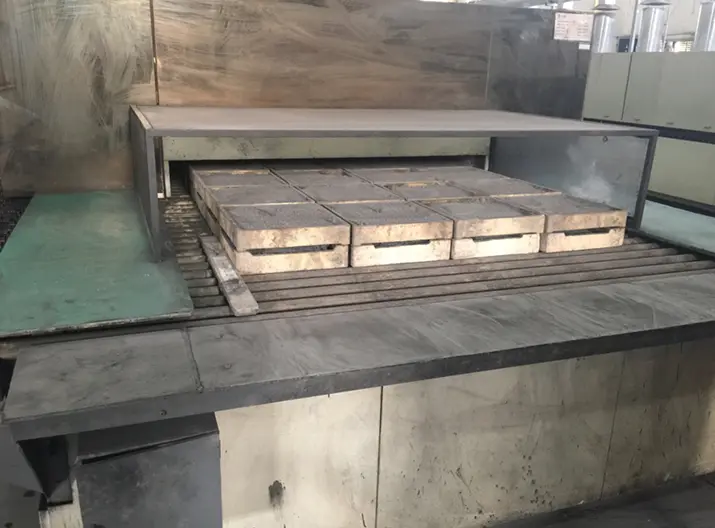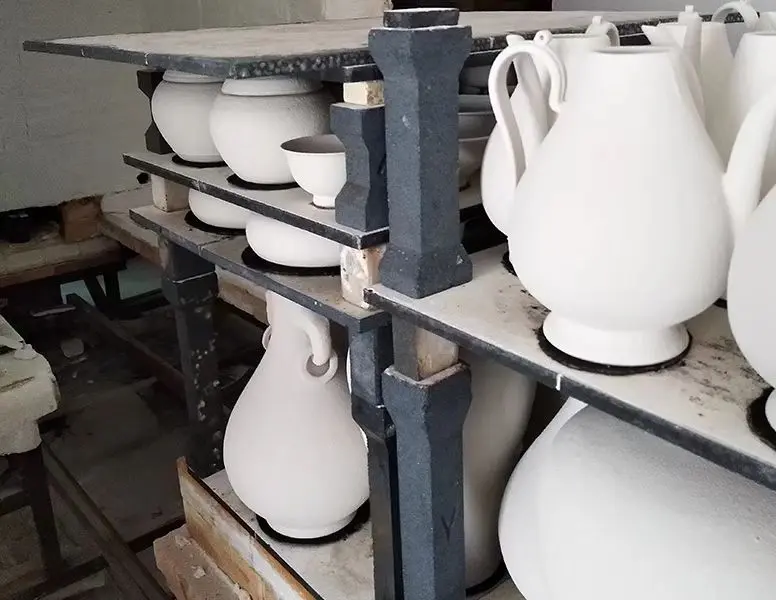Application of Zirconia Toughened Alumina (ZTA) Ceramic Substrate in the Core Three-Electric Module of New Energy Vehicles
Understanding Zirconium Oxide Toughened Alumina (ZTA)
Zirconium Oxide Toughened Alumina (ZTA) is a composite ceramic material that combines the excellent mechanical properties of alumina with the toughness of zirconia. The incorporation of zirconia into the alumina matrix significantly enhances the material’s fracture toughness, making it an ideal candidate for applications that require high strength and durability. ZTA exhibits a unique combination of properties, including high thermal stability, excellent wear resistance, and good electrical insulation, which are essential for the demanding environments found in NEVs.
The microstructure of ZTA consists of a fine dispersion of zirconia particles within the alumina matrix. This microstructural design not only improves toughness but also contributes to the material’s ability to withstand thermal shock and mechanical stress. As a result, ZTA has become a preferred choice for various applications in the automotive sector, particularly in the core components of electric vehicles.
The Core Three-Electric Module in New Energy Vehicles
The core three-electric module of new energy vehicles comprises three essential components: the electric motor, the battery, and the power electronics. Each of these components plays a critical role in the overall performance and efficiency of the vehicle. The electric motor converts electrical energy into mechanical energy, the battery stores and supplies energy, and the power electronics manage the flow of electricity between the motor and the battery.
As the performance requirements for these components increase, so does the need for advanced materials that can withstand high temperatures, mechanical stress, and electrical insulation. This is where ZTA ceramic substrates come into play.
Advantages of ZTA Ceramic Substrates in NEVs
-
Thermal Stability: One of the primary advantages of ZTA is its high thermal stability. In the core three-electric module, components can experience significant temperature fluctuations due to the high power output and energy conversion processes. ZTA’s ability to maintain its structural integrity at elevated temperatures makes it an ideal choice for applications in electric motors and power electronics.
-
Mechanical Strength: The enhanced toughness of ZTA allows it to withstand mechanical stresses that may arise during operation. Electric motors, in particular, can generate substantial forces, and the materials used in their construction must be able to endure these stresses without failure. ZTA’s superior mechanical properties ensure reliability and longevity in these critical components.
-
Electrical Insulation: ZTA is an excellent electrical insulator, which is crucial for the safe operation of power electronics. The ability to effectively insulate electrical components helps prevent short circuits and ensures efficient energy transfer within the system. This property is particularly important in the compact and high-density designs of modern electric vehicles.
-
Wear Resistance: The wear resistance of ZTA makes it suitable for applications where friction and abrasion are concerns. In electric motors, for instance, components such as bearings and seals are subject to wear over time. The durability of ZTA can extend the lifespan of these components, reducing maintenance costs and improving overall vehicle reliability.
-
Lightweight: As the automotive industry moves towards lightweight designs to improve energy efficiency, ZTA offers a favorable strength-to-weight ratio. The use of ZTA ceramic substrates can contribute to reducing the overall weight of the vehicle, enhancing its performance and range.
Current and Future Applications
Currently, ZTA ceramic substrates are being utilized in various components of the core three-electric module, including insulation layers in power electronics, structural components in electric motors, and protective coatings for battery housings. As research and development in this field continue, the potential applications of ZTA are expected to expand further.
Future advancements may include the integration of ZTA with other advanced materials, such as composites and nanomaterials, to create hybrid solutions that offer even greater performance benefits. Additionally, ongoing innovations in manufacturing techniques, such as additive manufacturing and advanced sintering processes, may enable the production of more complex geometries and designs, further enhancing the versatility of ZTA in NEVs.
Conclusion
Zirconium Oxide Toughened Alumina (ZTA) ceramic substrate represents a significant advancement in materials science, particularly for the automotive industry. Its unique combination of thermal stability, mechanical strength, electrical insulation, wear resistance, and lightweight properties makes it an ideal candidate for applications in the core three-electric module of new energy vehicles. As the demand for electric vehicles continues to rise, the role of advanced materials like ZTA will be crucial in driving innovation and improving the performance and efficiency of these vehicles. The future of NEVs is bright, and ZTA is poised to play a pivotal role in shaping that future.


